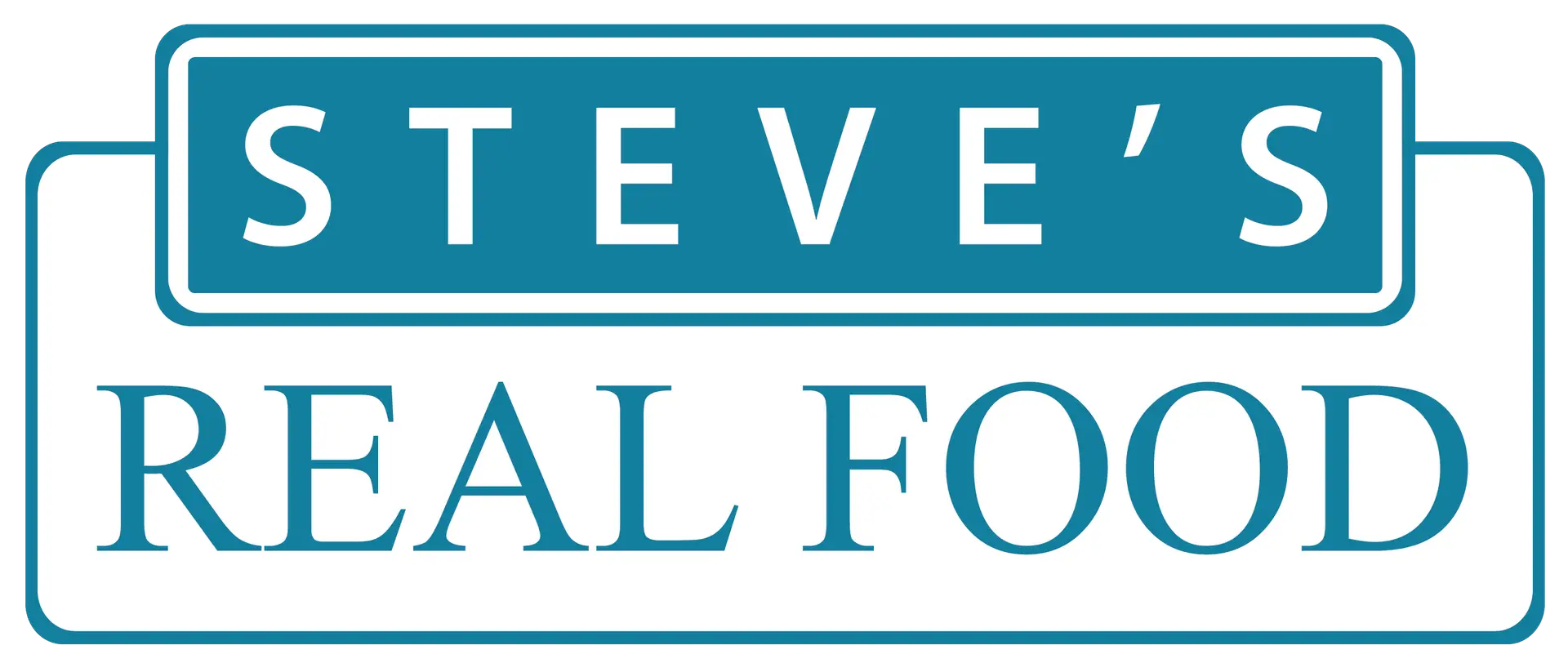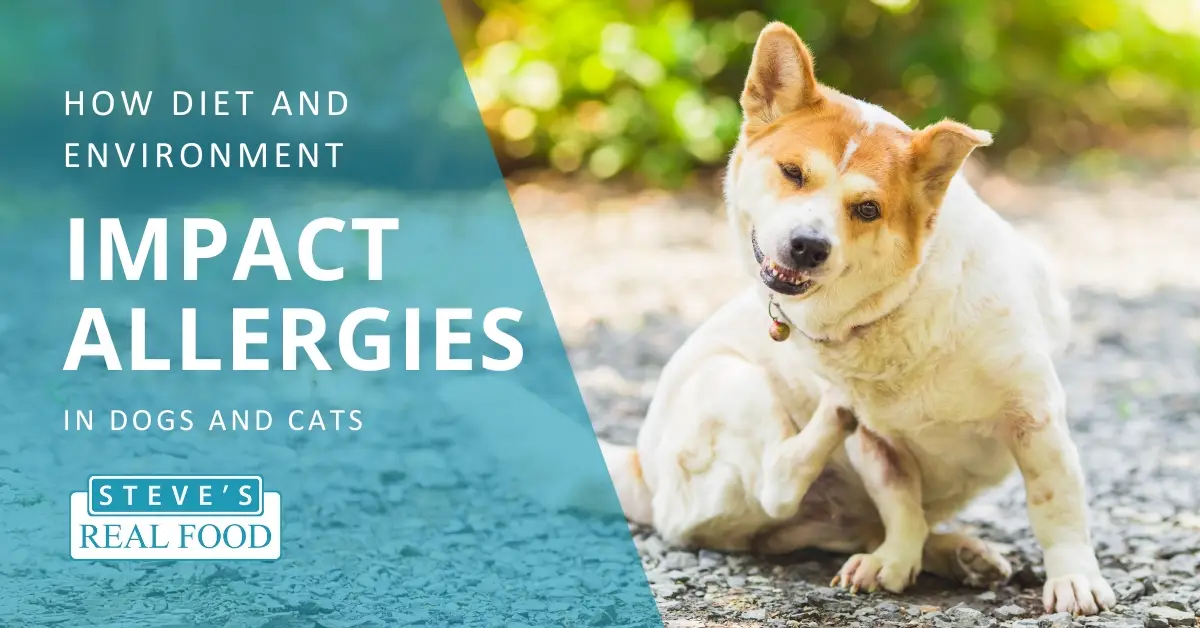Episode 5 – Out with the Old, In with the New
Detoxing Your Pet
A few years ago, detoxing was all the rage. People got caught up in the very appealing idea of eating nothing and drinking something like lemon and cayenne water all day in the hopes they could cleanse their body and release years of built-up toxins. While the methods-of-old certainly have shortcomings, the concept of detoxing the body is sound. Detoxing is simply the process of ridding the body of toxins or harmful substances. There are various methods of going about this (a quick internet search will prove that), but the healthiest and most natural way to rid the body of toxins is to eat a clean diet. How can we do this for our pets? Why, with raw food of course!
So what are toxins, anyway?
A toxin is some kind of harmful matter in the body that builds up over time and overwhelms systems, causing them to work less efficiently, or not at all. Toxins can come from a source within the body, such as accumulated cellular or bacterial waste, or they can come from an external source like heavy metals, poor air quality, or chemicals found in the home or common pet products.
How do toxins harm my pet?
As toxins build up, our pets’ bodies become less and less able to flush them. Eventually, both internal and external toxins can cause harmful conditions or diseases such as liver failure, malnutrition, allergic reactions, respiratory failure, and digestive issues. The body has two big organs that help filter toxins: the liver and kidneys. The liver removes toxins in a two-step process to create water-soluble toxins that can be flushed out of the body through the kidneys and gastrointestinal tract. If any of the steps in this process go awry, things can get backed up. As a secondary measure, the lungs, skin, large intestine,
and bladder can also process small amounts of toxins, but because that is not their primary function, they easily get
overwhelmed and cannot do their day-jobs as well, which causes even more harmful conditions.
How does detoxification work?
The primary goal of detoxification is to increase liver and renal support so those organs are functioning properly to remove toxins and prevent build-up. This is best achieved by eating the correct kinds of foods, so there goes the notion of fasting or highly restrictive diets. The most effective elements in detox are water, antioxidants, enzymes, amino acids, vitamins, and minerals such as selenium and sulfur. When the body is receiving these ingredients, it is able to complete the phases of detoxification and kick out the toxins. Luckily for us and our pets, raw food diets are a great source for all of these things. Raw organ meat is especially high in folate and vitamins A, B12, B6, and E. Raw fruits and veggies are a great source of bioavailable vitamins and minerals, and cruciferous veggies are a great source of sulfur. And of course, all raw food is high in (intracellular)moisture, enzymes, and amino acids!
Will my pet detox when I switch to raw food?
If your pet is older or has been eating a cooked, processed food for a long time, they will most likely experience some symptoms of detox. However, each pet is different and it’s sometimes hard to say what the effects will be. One thing is for sure though: by switching to raw food, your pet will be much better equipped to deal with toxin build-up in their body.
What kind of things will I notice when my pet is detoxing?
Detoxing is not always a completely smooth process. There is a lot of repair work that needs to be done in the body to be able to get those nasty toxins out. You’ll likely notice symptoms that appear to be flu-like in nature and it may seem like things are getting worse before they get better. This is normal and very common during the detox process. Here are a few things to look out for:
- Decreased energy
- Extra-bad breath
- Shedding, more than usual
- Hot spots
- “Slimy” poop (a thin coating of mucus)
- Diarrhea
- Joint stiffness
- Itching, especially paws and ears
Don’t be discouraged! Remember that these are temporary symptoms and a totally normal step on the way to better health. Symptoms should clear up in about two weeks, though some can persist for a few months. However, if symptoms become overwhelming for you or your pet, or they persist beyond what you consider a reasonable timeframe, consider introducing the raw food more slowly or adding goat milk to your pet’s diet to aid in digestion. And as always, if you ever feel a serious health concern for your pet, contact your veterinarian.
How can I help my pet through this process?
There are a few things you can do to help alleviate some symptoms of detox. First of all, make sure your pet has access to plenty of clean, filtered water and don’t skip playtime or walks. Try adding raw goat milk to their diet for a boost in probiotics, and perhaps liver or renal support supplements. You can also try giving your pet a bath, focusing on massaging the skin and thoroughly cleaning the paws, from where our pets “sweat”.
Good luck with your detoxing journey! Though you may have to brave the storm before the calm, stick with it. Stick with the switch to raw food and you’ll be rewarded with a happy, healthy pet!






